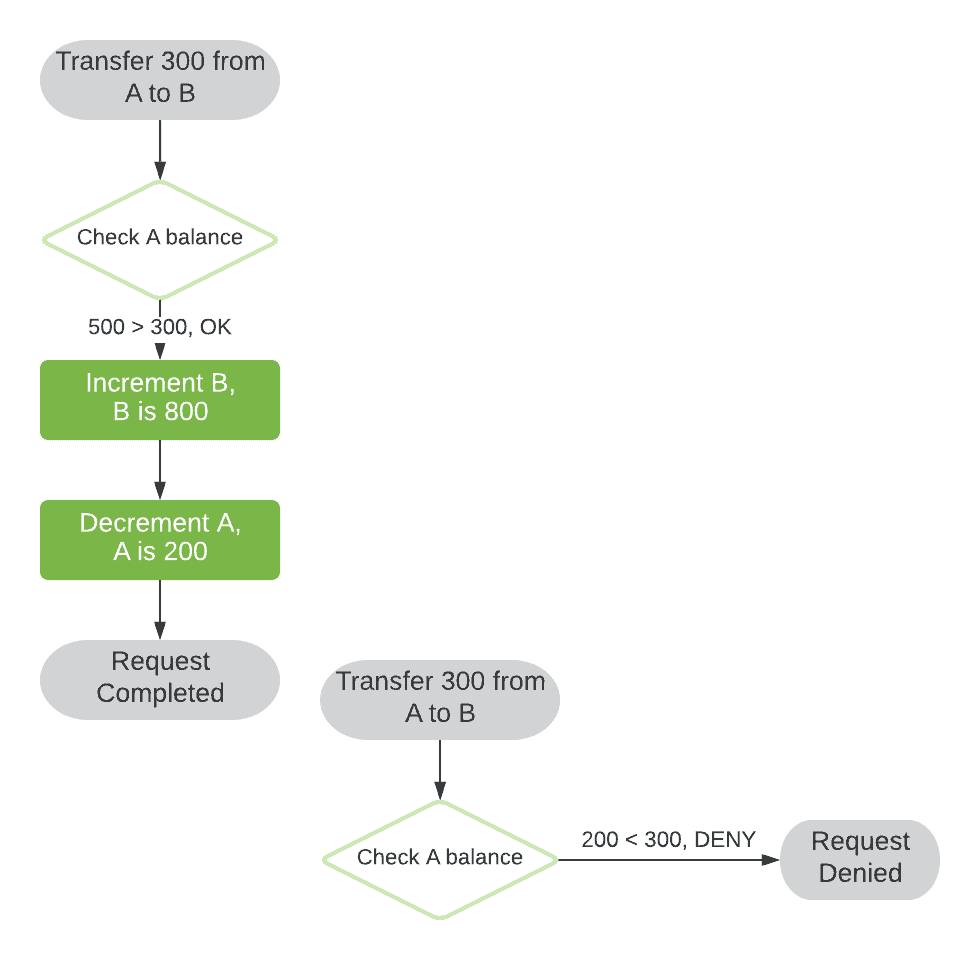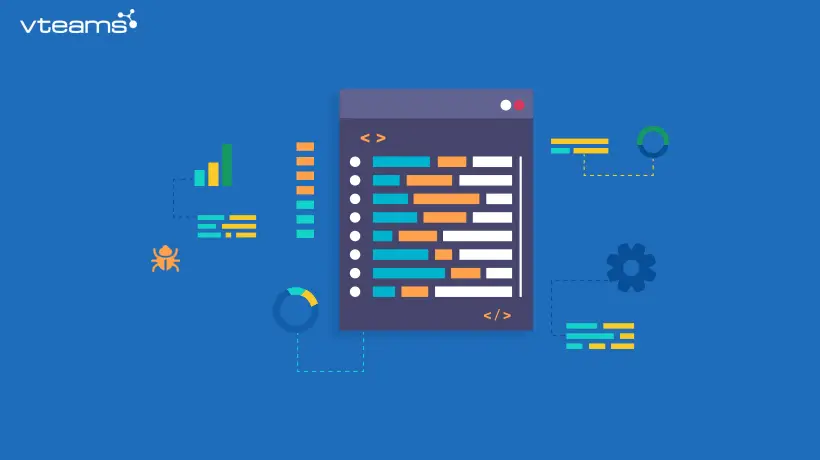Understanding And Mitigating Race Conditions In Software

Executive Summary

Race conditions arise in software systems when concurrent threads access shared resources without proper synchronization, leading to unexpected and unpredictable behavior. This comprehensive article delves into the nature of race conditions, exploring their root causes, consequences, and effective mitigation strategies. By understanding these concepts, software developers can safeguard their systems from the pitfalls of concurrency and ensure reliable program execution.

Introduction
In the realm of multithreaded programming, race conditions emerge as a formidable challenge to software stability and correctness. When multiple threads within a system attempt to manipulate shared data concurrently, the outcome becomes highly unpredictable, akin to a race with no clear winner or loser. This enigmatic behavior stems from the non-deterministic nature of thread execution, where the order in which threads access and modify shared resources remains uncertain.
Root Causes of Race Conditions
- Shared Data Structures: Shared resources, such as global variables, memory buffers, and file handles, provide a fertile ground for race conditions when multiple threads access them concurrently.
- Unsynchronized Access: Lack of synchronization mechanisms, such as locks or semaphores, leaves shared data vulnerable to simultaneous modification by multiple threads, resulting in unexpected outcomes.
- Sequential Assumptions: Assumptions about the sequential execution of threads can lead to race conditions when these assumptions are violated due to unpredictable thread interleaving.
- Compiler Optimizations: Aggressive compiler optimizations may reorder code execution and introduce unintended race conditions in multithreaded environments.
- External Factors: Interrupts, I/O operations, and garbage collection mechanisms can introduce delays and context switches, further complicating the synchronization of concurrent threads.
Consequences of Race Conditions
- Data Corruption: Concurrent access to shared data can lead to overwriting or inconsistent updates, corrupting data and compromising its integrity.
- Unpredictable Behavior: Race conditions manifest as erratic and unpredictable system behavior, making it challenging to debug and maintain software.
- Deadlocks: In severe cases, race conditions can lead to deadlocks, where threads become indefinitely blocked while waiting for shared resources.
- Performance Degradation: The overhead of synchronization mechanisms introduced to mitigate race conditions can adversely impact system performance.
- Security Vulnerabilities: Exploitable race conditions can create security loopholes, allowing attackers to gain unauthorized access or compromise data.
Mitigation Strategies
- Mutual Exclusion (Locks): Using locks or mutexes ensures that only one thread can access shared data at a time, preventing race conditions.
- Atomic Operations: Atomic operations provide indivisible and thread-safe operations, guaranteeing that they complete without interruption or partial execution.
- Lock-Free Algorithms: Carefully designed lock-free algorithms eliminate the need for locks while ensuring data consistency, improving system performance.
- Thread Coordination Techniques: Barriers, semaphores, and message passing can coordinate thread execution and prevent race conditions in specific scenarios.
- Testing and Debugging: Thorough testing and debugging are crucial for detecting and eliminating race conditions, especially in complex multithreaded systems.
Conclusion
Race conditions represent a significant challenge in multithreaded programming, often leading to unpredictable behavior, data corruption, and system instability. By understanding the root causes and consequences of race conditions, software developers can adopt effective mitigation strategies to safeguard their systems. Employing techniques such as synchronization locks, atomic operations, and thread coordination ensures reliable and predictable program execution. Continuously testing and debugging code helps identify and eliminate race conditions, enhancing software quality and robustness.

This post is a must-read, thanks for sharing such valuable insights! I’m very interested in race conditions and this article helped me understand how to mitigate them.
I’m not convinced that this article provides a comprehensive overview of race conditions. It seems to focus too much on one specific approach and doesn’t mention other important techniques.
I’ve been working with race conditions for years and I found this article to be very informative. It provided some new insights and techniques that I hadn’t considered before.
The author’s claim that race conditions are always caused by programmer error is flawed. There are many cases where they can occur due to factors outside of the programmer’s control.
So, you’re telling me that the best way to avoid race conditions is to not write multithreaded code? That sounds like a great solution!
Oh, wow, thank you for this groundbreaking revelation! I had no idea that race conditions could cause problems in software. I’m sure this article will change everything.
I can’t believe I’m reading an article about race conditions. It’s like the software equivalent of a traffic jam on a Sunday afternoon.
Can you recommend any resources where I can learn more about race conditions? I’m particularly interested in how to debug them.
I’ve been dealing with race conditions for years and I’ve found that the best way to mitigate them is to use a lock-free data structure.
I’m not sure I agree with the author’s assertion that race conditions are always preventable. Sometimes they’re simply a consequence of the way the hardware works.
I think the best way to avoid race conditions is to just write single-threaded code. That way, you can be sure that your program will always behave the same way.
Congratulations on writing an article that could have been summarized in a single sentence: ‘Race conditions are bad, try to avoid them.’